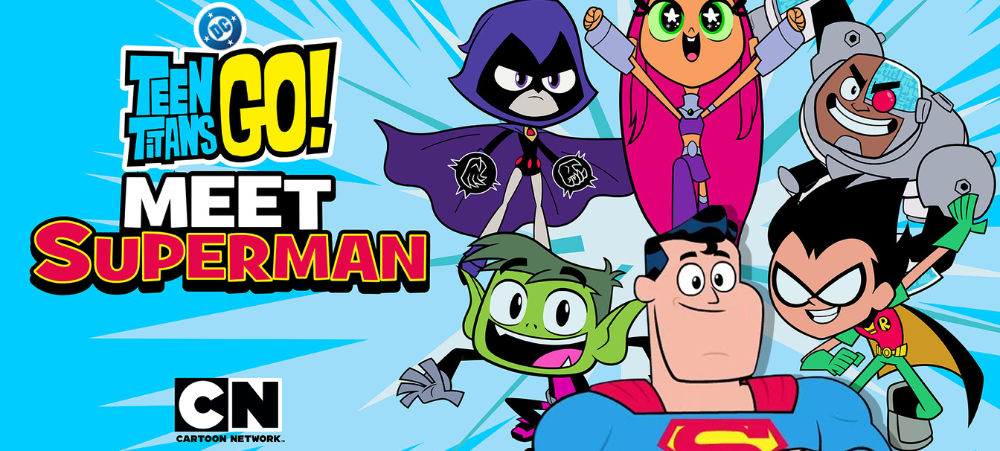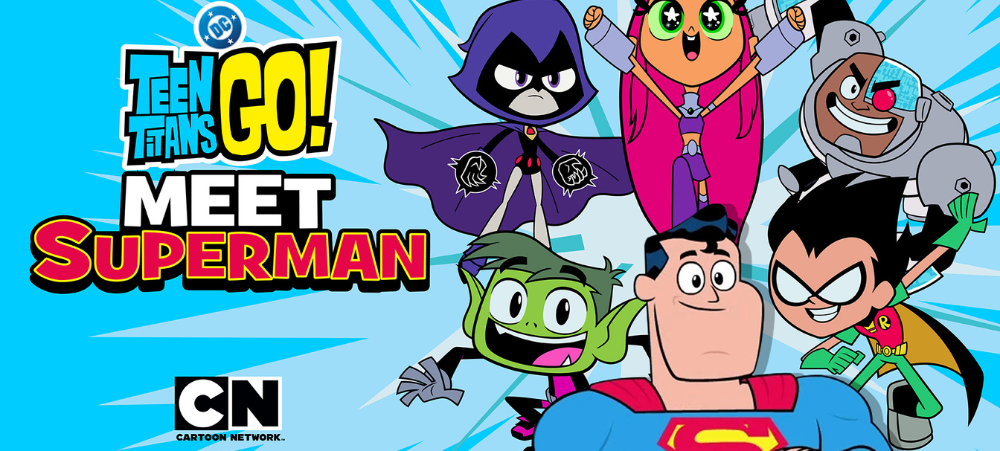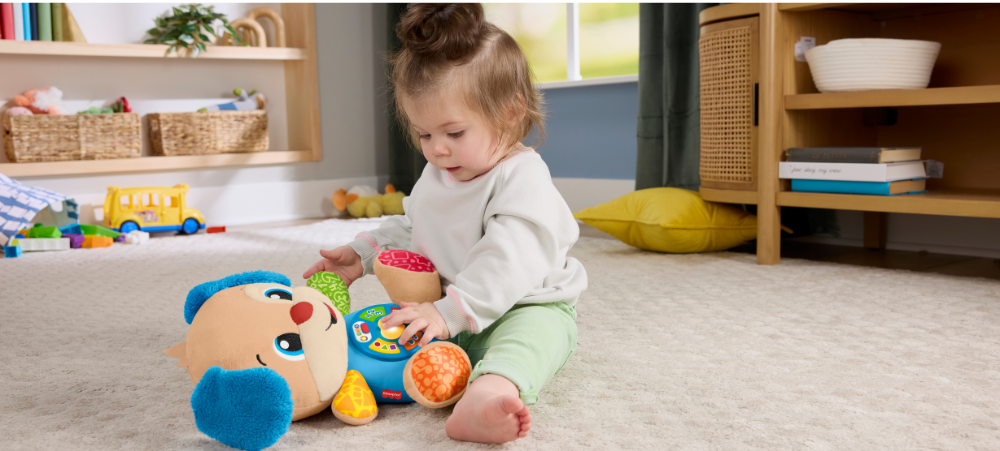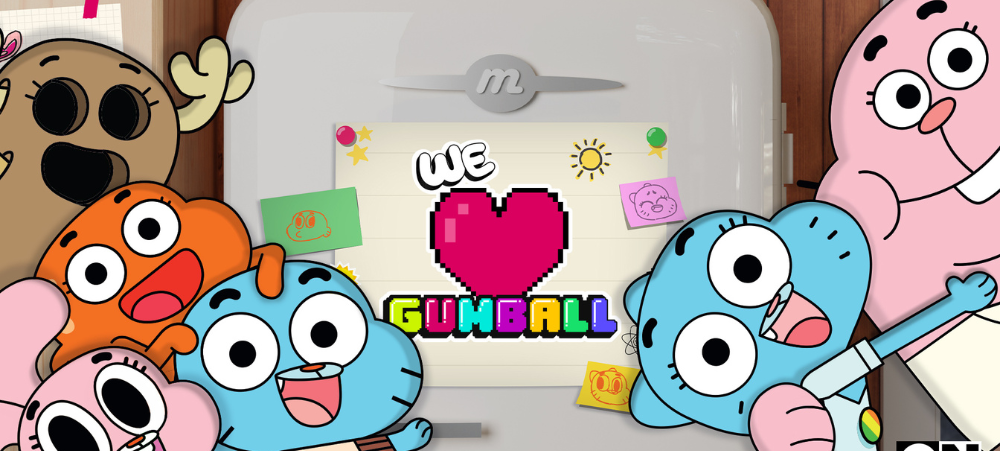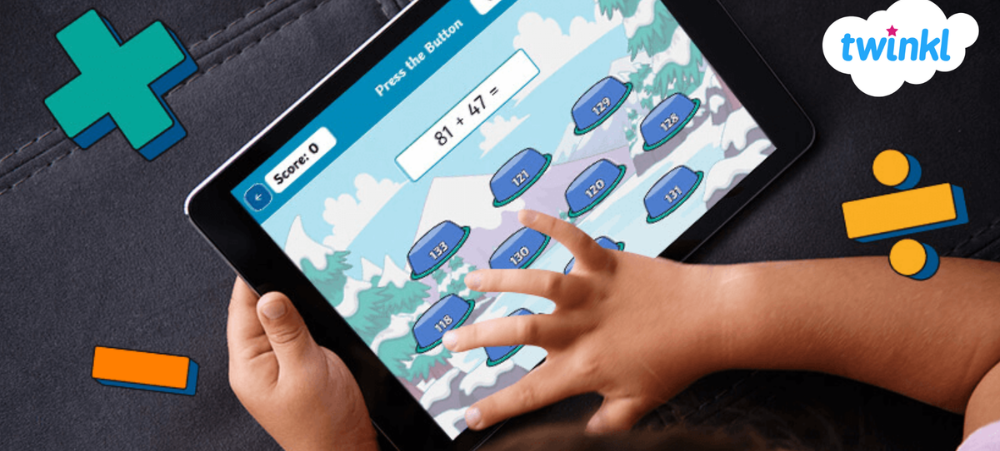
Five Simple Ways to Make Toddler Routines Easier and More Joyful
Life with a toddler can be a whirlwind of energy, questions, and unexpected moments – but it’s also a stage rich in opportunity for connection and growth. Dibber International Preschools, which supports South African families from as early as six weeks to six years, offers practical ways to bring structure, joy, and learning into daily routines. “Toddlers are naturally curious and enthusiastic about the world around them. With the right support and structure, these early years can be a time of great confidence-building and emotional development,” says Ursula Assis, Country Director of Dibber South Africa. “Simple, consistent routines give young children a sense of safety while also helping parents feel more grounded and connected.” Here are five toddler-friendly strategies to make everyday routines smoother, more meaningful, and developmentally enriching: 1. Boost Communication with Everyday Conversations Toddlers are constantly absorbing language—even when they’re not speaking much yet. Chatting during car rides, reading together, singing songs, or simply describing what you’re doing helps to build their vocabulary and lay the foundation for future literacy. This early communication also fosters social confidence, a crucial life skill that is essential both at home and in preschool. 2. Teach Listening as a Gentle Skill Helping a child learn to pause and listen isn’t about demanding silence—it’s about modelling calm, focused attention. Whether you’re asking them to tidy up or inviting them to a shared activity, pausing to make eye contact and using simple, clear language teaches them how to listen and respond. Over time, this skill supports better emotional regulation and classroom readiness. 3. Encourage Small Acts of Independence Giving toddlers age-appropriate responsibilities—such as putting on their own shoes, washing their hands, or choosing their own clothes—helps build independence. “When children are trusted with small tasks, they begin to feel capable and in control,” explains Assis. “This sets the stage for self-reliance and resilience later on.” These early routines also teach responsibility in ways that feel playful and achievable. 4. Build a Predictable Daily Rhythm Children thrive with predictability. A consistent routine helps toddlers know what to expect and reduces anxiety associated with transitions, such as mealtime, naptime, or bedtime. Creating a visual schedule or repeating simple rituals—such as a bedtime story every night—helps children feel secure while also supporting their emotional regulation. 5. Let Them Be Little While it’s natural to want toddlers to follow directions quickly or behave like older children, it’s important to remember their world is still brand new. Mistakes, messiness, and mood swings are all part of the learning process. Give your child space to grow at their own pace—and celebrate their efforts rather than perfection. “Our job as adults is to meet children where they are, not rush them forward,” says Assis. “When we respond with empathy and patience, children flourish.” A Season of Growth for Parents, Too The toddler years are filled with discovery—for both children and parents. At Dibber, the focus is not just on developmental milestones but on making each stage of early childhood a joyful, shared journey. With thoughtful routines, consistent emotional support, and everyday play-based learning, families can turn small moments into lasting bonds.



